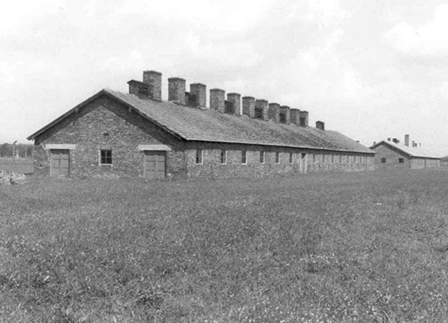- Summary
- This dissertation surveys contemporary imaginative works in fiction and photography that examine the Holocaust by gauging its impact in the present. These disruptive works reveal and resist the limits of dominant forms of Holocaust representation by adopting innovative representational strategies that refigure conventions of the genres. Formal interventions appear as correctives, attempting to reengage an audience in a discourse increasingly defined by an enforced normativity. These responses by Jewish authors and photographers, predominantly American, tend to maintain many testimonial, documentary, and memorializing aims of dominant practices of Holocaust representation, even as they question the utility of conventional representational habits. Discursive continuity relies on innovative revitalization to complement established historical forms. The experimental element, more apparent in some works than in others, expresses a commitment to the renewal of original thought that is threatened by the ubiquity and homogeneity of cliché.The dissertation begins with a review of theoretical arguments found in public discourse and the academy that challenge or champion the value of imaginative representational strategies. These innovations next appear in the dissertation as the narrative and typographic experiments of Raymond Federman's Double Or Nothing, who refigures survival in a post-Holocaust scene of writing. Ronald Sukenick's Mosaic Man recounts the evolution of his awareness of the Holocaust in autobiographical documentary fiction that reevaluates contemporary Jewish identity while reclaiming Jewish textual forms. I examine post-Holocaust photography by situating it in the context of the value of historical Holocaust photographs found in their present viewing habits. The photographers who respond to the limits of dominant photographic representation employ strategies to expand the range of the Holocaust photograph's generic composition and function, as seen in the work of Shimon Attie, Alan Schechner, David Levinthal, Jeffrey Wolin, and Alan Cohen. Walter Abish presents the photographic power of the image in post-war Germany. Also considered are Imre Kertész's Fateless, Philip Roth's The Ghost Writer, and the Jewish Museum's recent "Mirroring Evil" exhibition. These imaginative works attend to appearances of the Holocaust in the post-Holocaust world, insisting that the Holocaust is a set of historical events with continuing consequences, whose consequences also necessarily demand examination.
- Format
- Book
- Author/Creator
- Crawford, Brian David.
- Published
- [Place of publication not identified] : [publisher not identified], 2004
- Notes
-
Thesis (Ph. D., English)--University of California, Irvine, 2004.
Includes bibliographical references (pages 280-292).
Photocopy. Ann Arbor, Mich. : UMI Dissertation Services, 2005. 22 cm.
Dissertations and Theses



